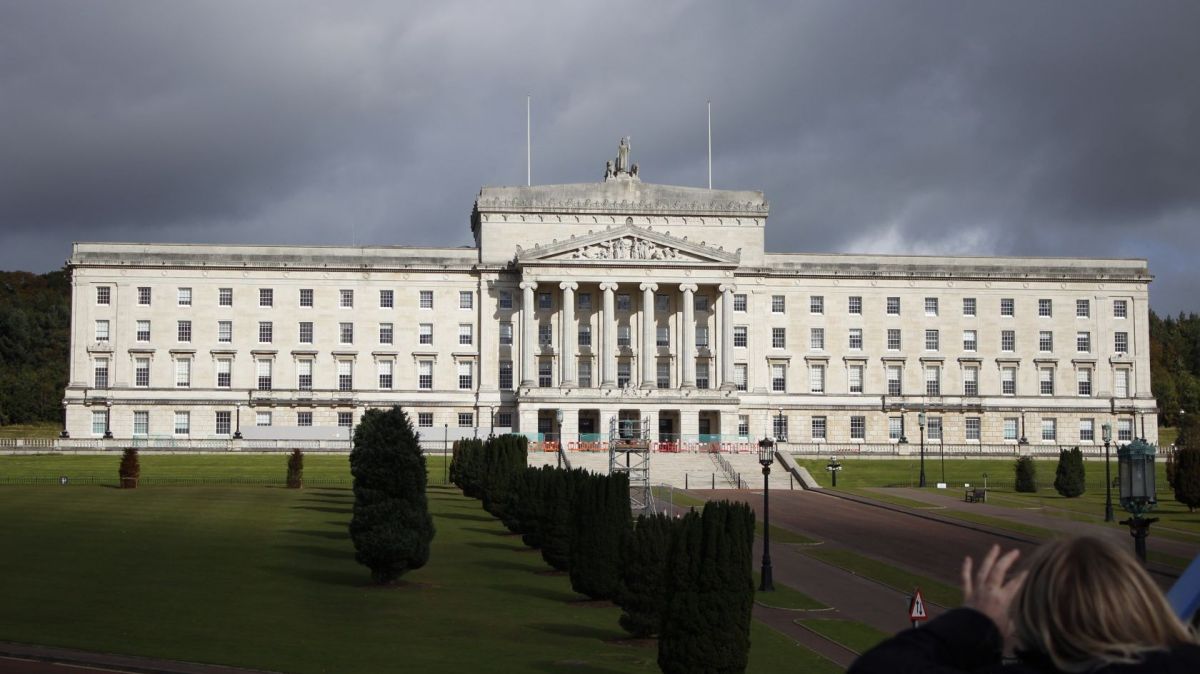Heather Humphreys has emerged as the frontrunner in the Irish presidential race that will be decided on October 24th. As Fine Gael’s nomination for the Irish presidential race, to many Humphreys represents conservative, rural Ireland. Radicalism is the last thing that voters associate with Fine Gael. Nevertheless, in many ways Humphreys is a radical candidate and one who could play a role in reshaping perceptions of the country at a crucial stage of its constitutional evolution.
Humphreys has described herself as ‘a proud Ulsterwoman, a Protestant and an Irish republican’. Wolfe Tone’s United Irishmen movement and rebellion was exactly that in character (with emphasis on men rather than women, granted). Humphreys appears an improbable heir to that quashed rebellion two hundred years ago.
When Humphreys uses the word ‘republican’ there is a present and even future tense implied. Profound splits in the Irish republican tradition arising from the partisanship that has accrued to it has made the term republican contentious in Ireland. Rather than focus on those splits and the various appropriations of the republican tradition that followed in their wake, Humphreys is focused on what a republic means, and could mean, in the 21st century.
But was Irish republicanism historically not always Janus-facing, deriving its authority from the past (for example the Easter 1916 Rebellion) and fixated on a fulfilment of an all-Ireland republic free from any link with Britain? All true. Yet there is a key difference. That was a republicanism of rigidly predetermined outcomes, which scanted the possibility of its assuming novel forms, of taking new directions. Humphreys’ identification with republicanism of today and tomorrow is one that is open to radical re-evaluation of what the term means. John Hume once argued that extreme nationalists in Ireland had ‘stolen the word’ republicanism, and travestied the ideals promulgated by Tone — to unify ‘Catholic, Protestant and Dissenter’ — through their wedding the narrative of republicanism in Ireland to violence. Could Humphreys’ election as Head of State form part of a renewal and restitution of the term? Humphreys need not focus on Irish unity as a theme in her presidential campaign since she already embodies it. That a woman of her background has embraced republicanism is resonant of a more broadly acceptable republicanism.
So far, so rosy. Humphreys is culturally and politically an ecumenical candidate who does not need to explicitly position herself as such. She also chimes with Ireland’s constitutional position today, with its capacity for constitutional evolution in the future.
Yet there is a nettle that must be grasped here. When Ireland was partitioned, the people of Humphreys’ village on the border, Drum in Co. Monaghan, went to bed one night British and woke up the following Irish. Naturally, national belonging cannot change like the seasons. It took a very long time for national identification with Ireland to broadly take root in Drum, which was historically entirely Protestant in composition.
The people of Drum have experienced the trauma of ‘losing’ a nationality. They also gained another over the course of a century. That presents a model from which others could learn. It starts with embracing an identity based on what Ireland is today.
There are complex reasons why some constituencies in Northern Ireland are so wedded to images on murals depicting victories in the 1600s. One is the terror of confronting their contemporary reality. Part of that reality is that unionism is dying. Its demise is not due to a lack of drive to preserve the union, but to the objective weakening of the union of Great Britain and Northern Ireland. A rather limited affirmation of identity is available in glorifying a past in which the evangelical and political will of England validated unionism’s project. That retrospective focus is simultaneously a reminder of the absence of Britain’s affirmation today.
Last summer I visited Drum and noticed something remarkable. The only Irish language sign in the village was An Post, the post office. The name of the national post service must be accepted if a village is to have a post office. Besides that, nothing. There is no bilingual sign for ‘Droim’ (meaning ‘ridge’) on the way in or out. It may be the sole example of a village, town or city in the Republic of Ireland that does not display the Irish language variant of a place name.
As part of her campaign, Humphrey has said: ‘I passed Irish in my Leaving Cert and, like a lot of people in this country, I went out to the world of work and didn’t use Irish…I promise that if I am elected as president, I will return to the Gaeltacht and I will learn Irish’. Humphreys’ pledge to learn Irish is qualitatively different from, say, Mary McAleese’s to do the same when she became president. Humphreys’ embrace of the language could demonstrate to some people from her background who remain sceptical about the language that it belongs to them as much as to anyone and augment a new attitude to the language in the country that is important to secure a shared vision of Irish national cultural heritage.
Kneecap is the first band to bring hip hop to the world in the Irish language. By doing so, it is focussing less on recovering the Irish language (an inevitable reaching back towards something lost) than creating new ways for it to grow in the future. The loss-recovery dynamic has been swapped for a create-cultivate one. That shift not only rejuvenates the language, but it also offers a new way of perceiving it.
Kneecap and Heather Humphreys appear at first glance to be extremely odd bedfellows. Yet they have something crucial in common, something Ireland needs today. They have a proven ability to move two key aspects of Irish heritage — language and republicanism — from a retrospective to a progressive vision. And a progressive vision is needed: the next Irish president might be in office when unity referendums are held in Ireland.













